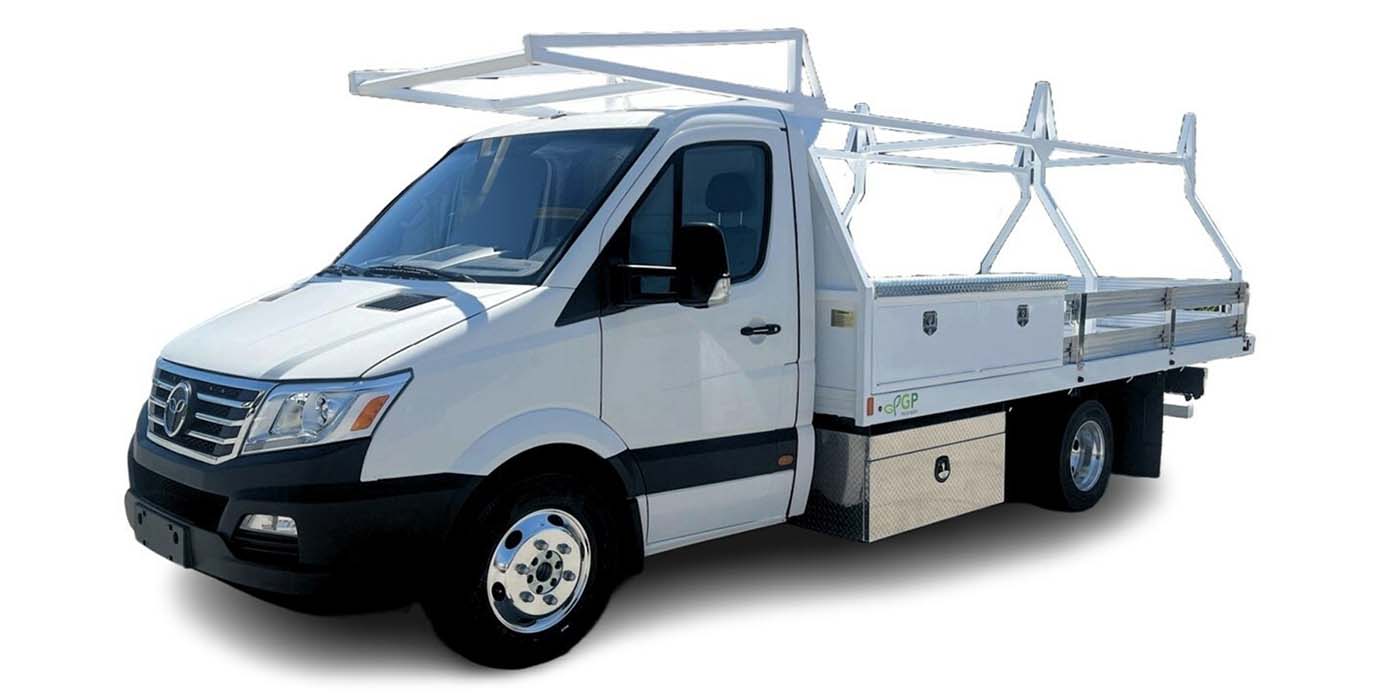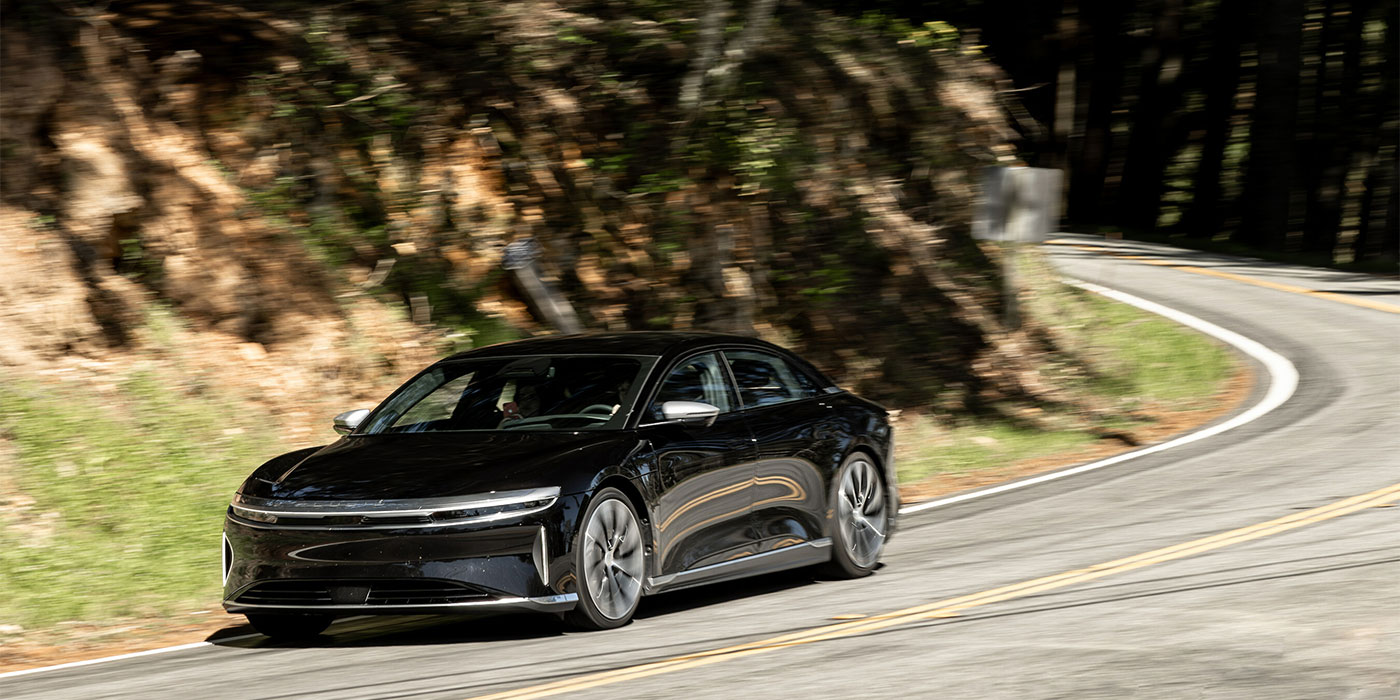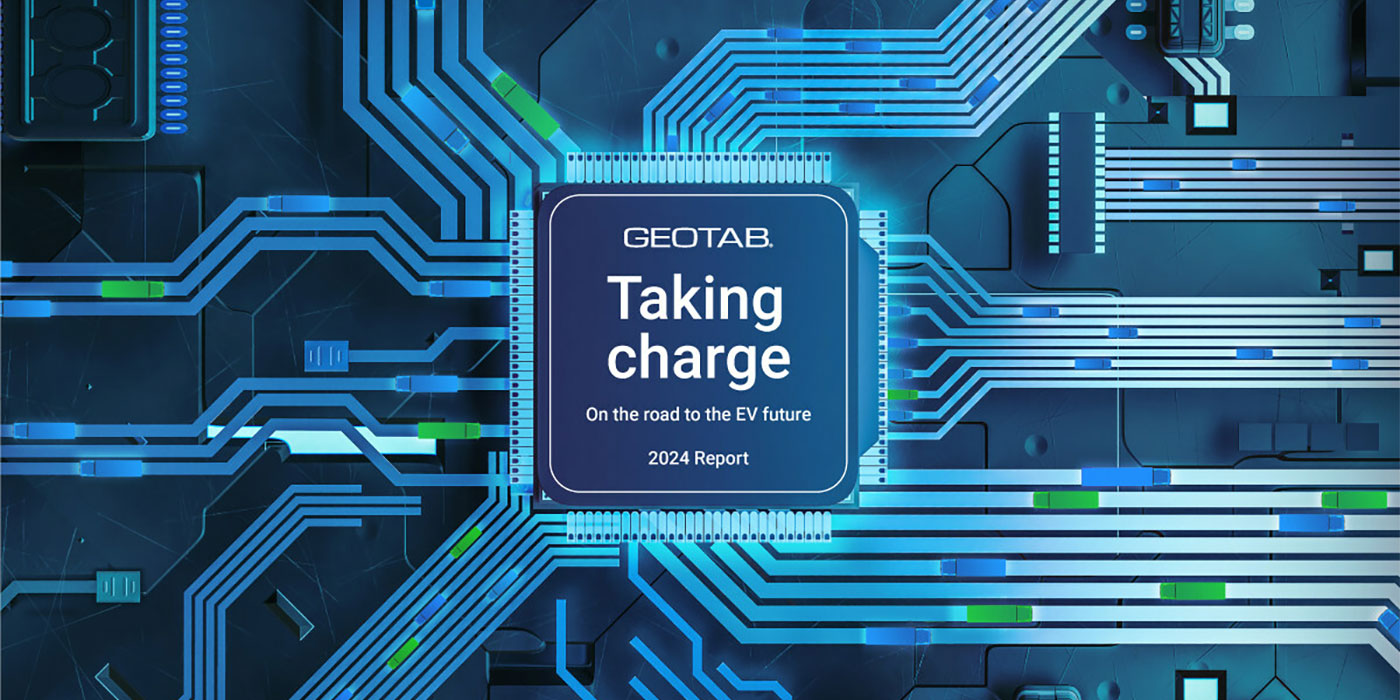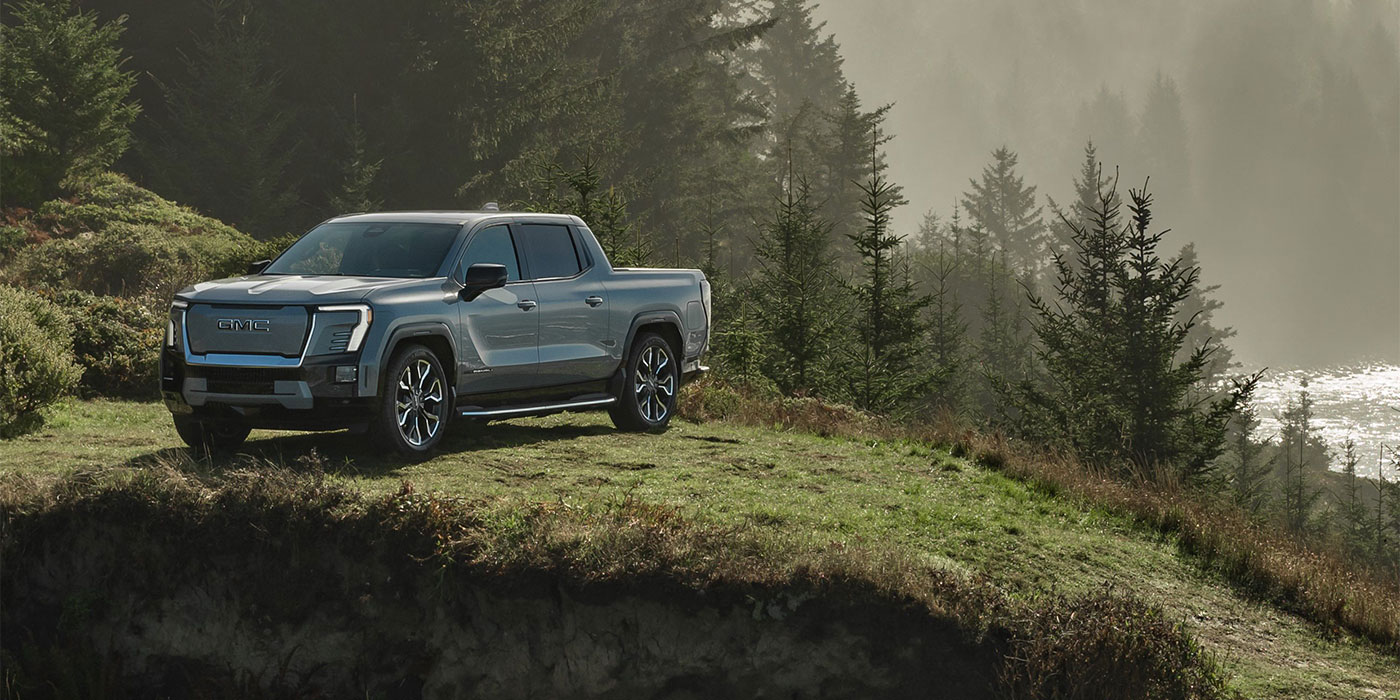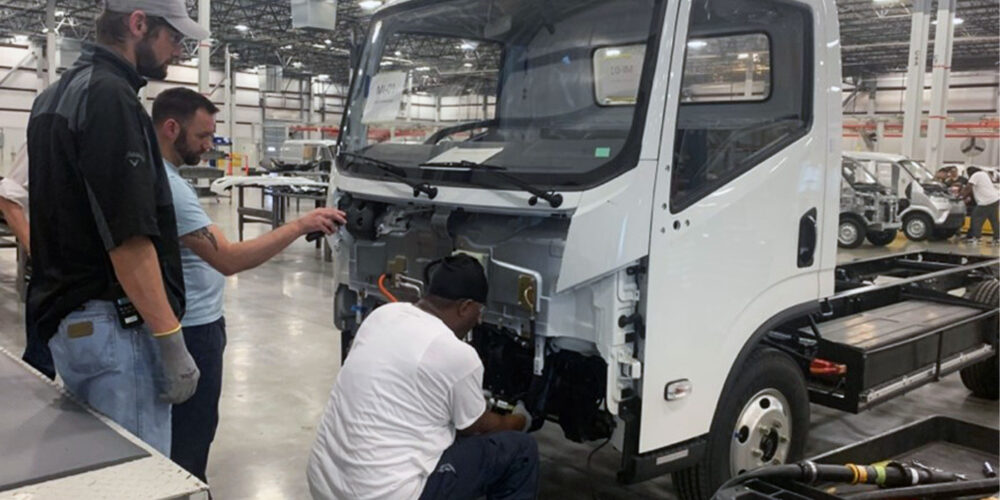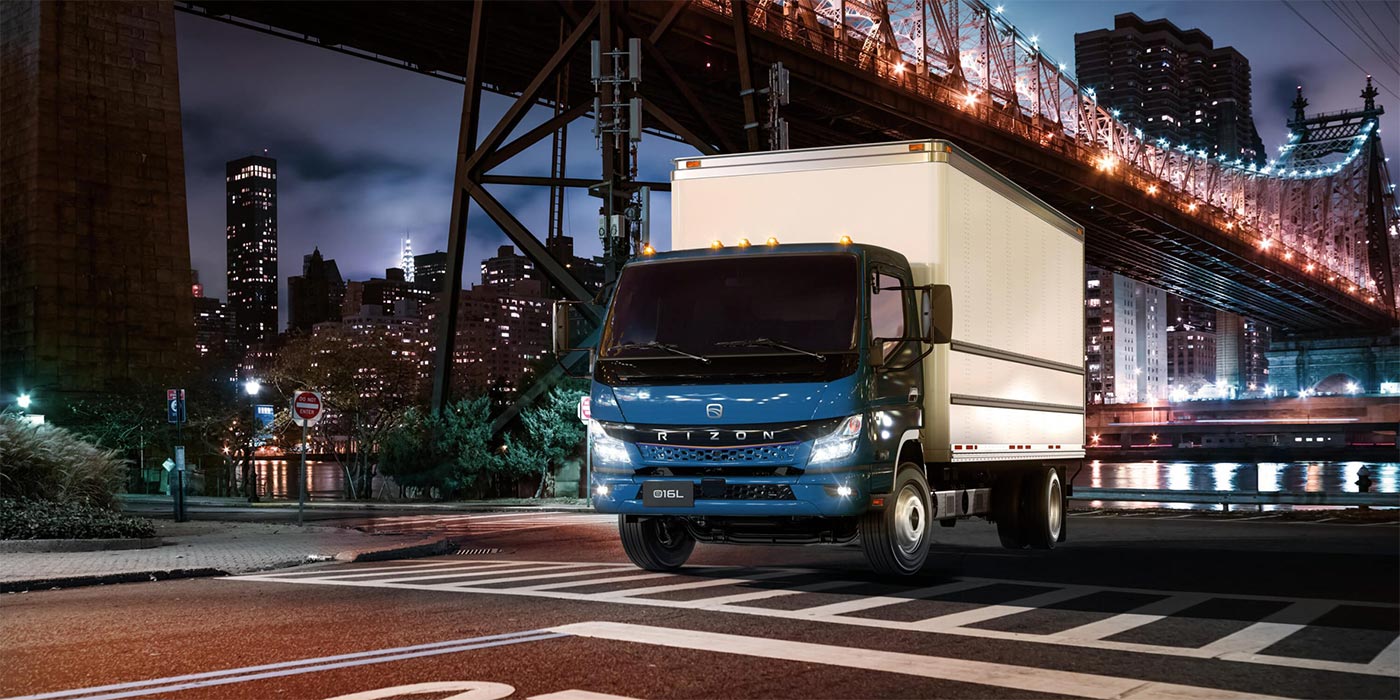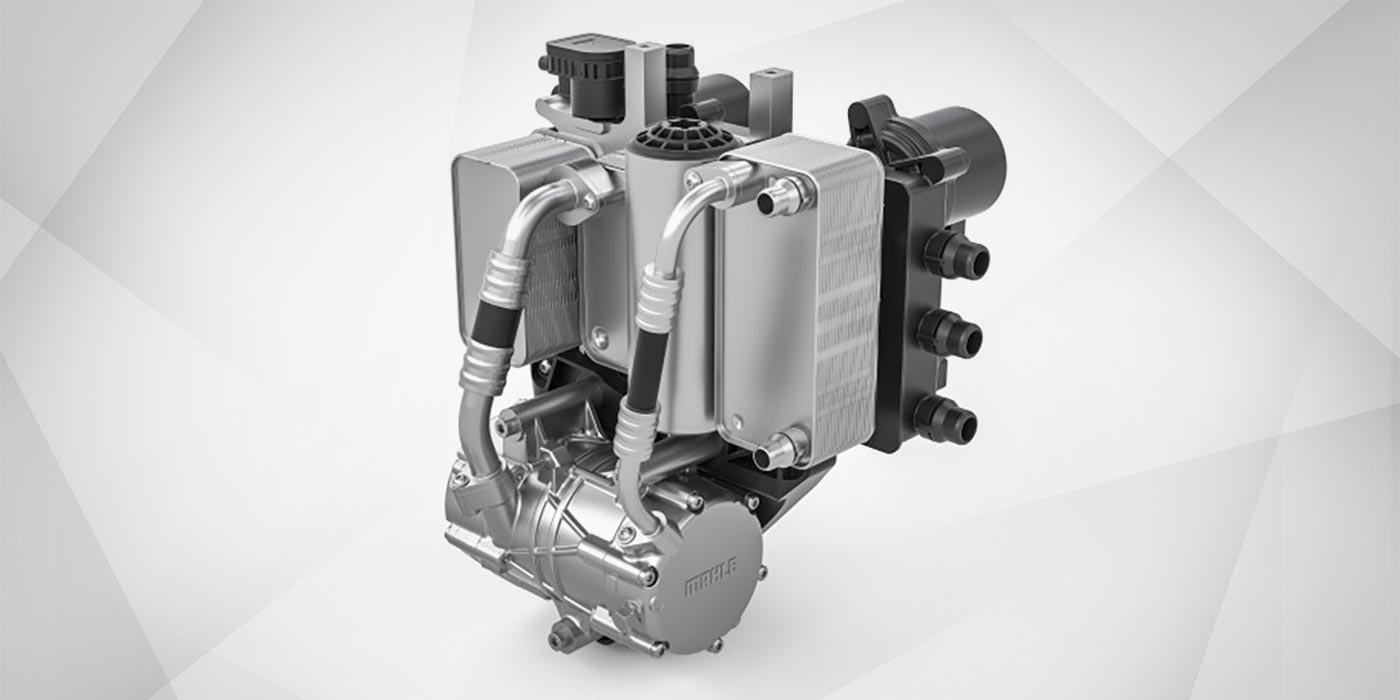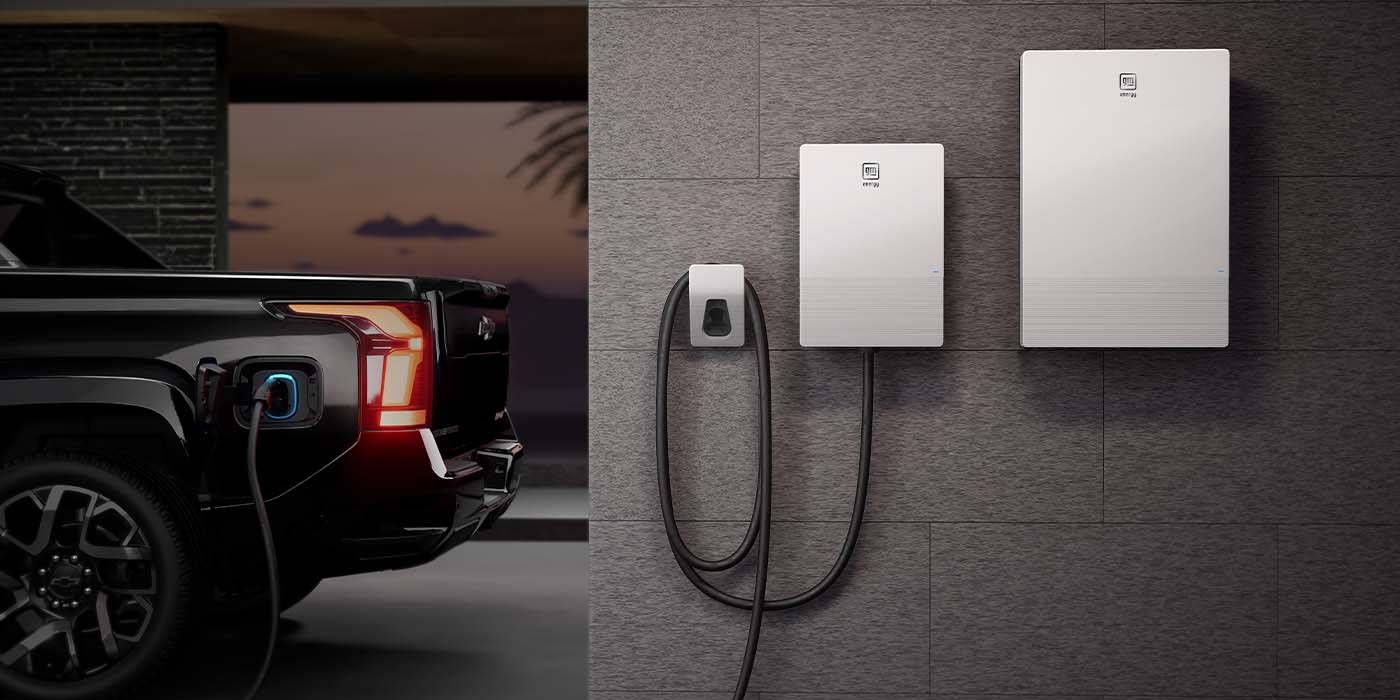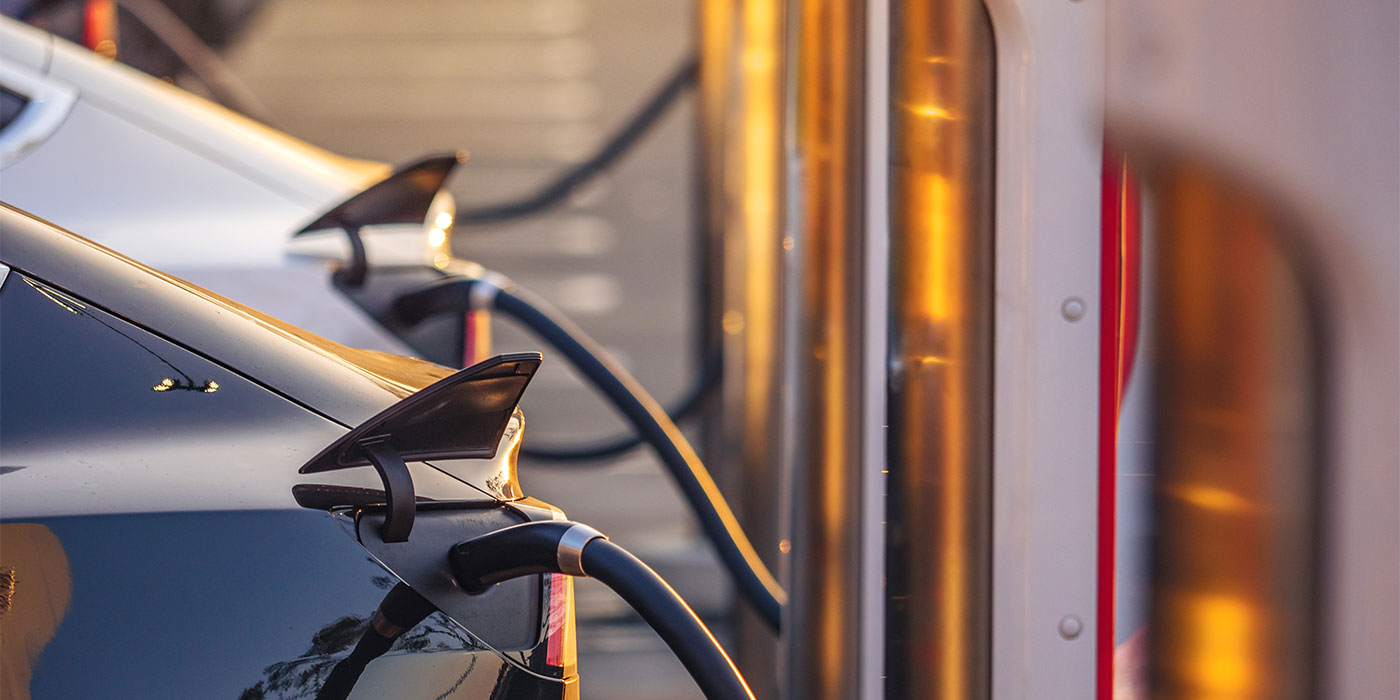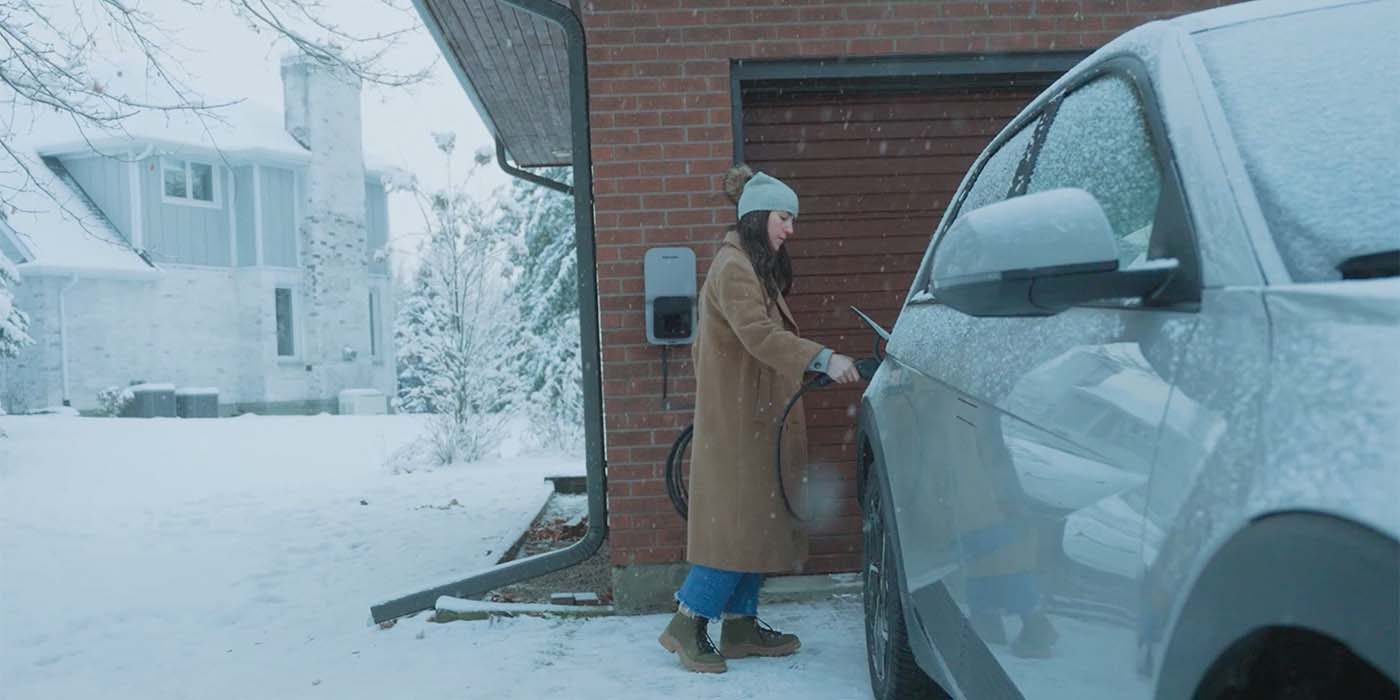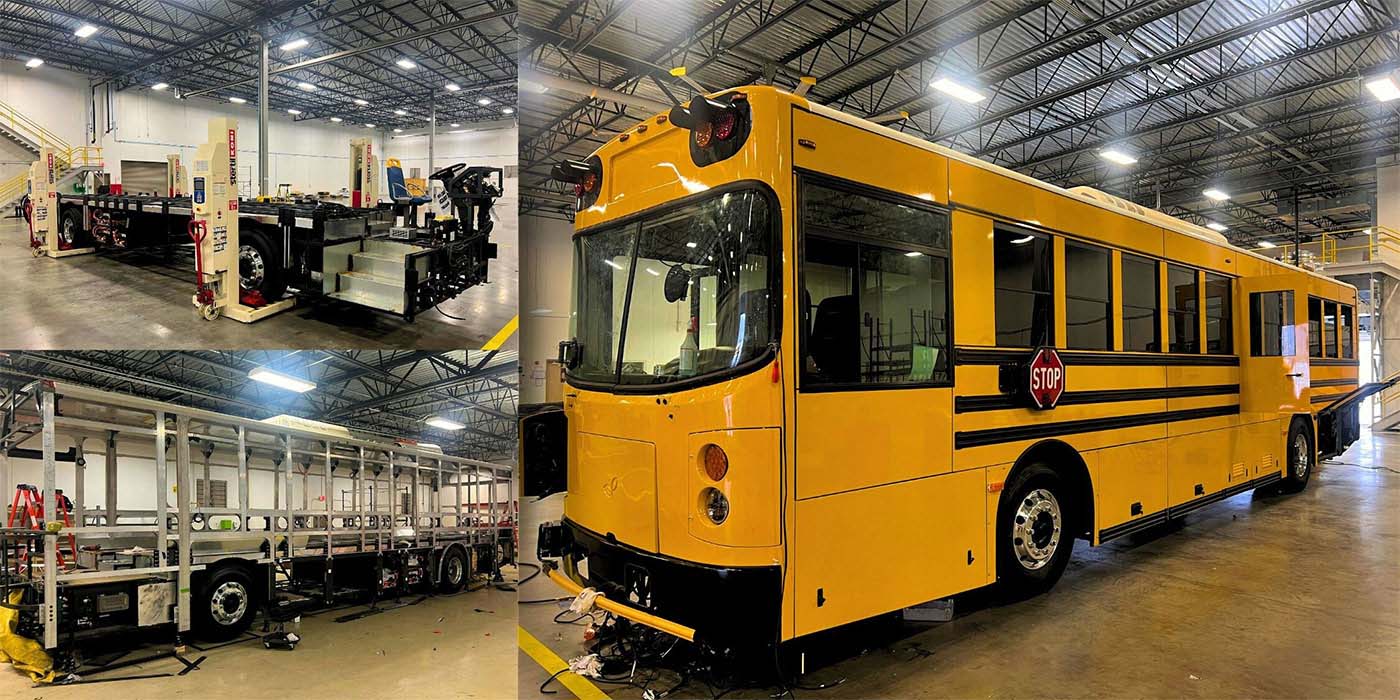Today’s auto dealer is under a lot of pressure by automotive manufacturers to start stocking and selling the latest EV models, but it isn’t as easy as rolling the latest electrified offering onto the show floor. It takes a significant effort and investment by the dealer to host the equipment and tools necessary to sell these vehicles – not the least of which is the EV charger.
This can be a stumbling block for many dealers, as the plethora of EV charging options on the market can be overwhelming. At this year’s NADA show, John Thomas, COO, Autel Energy, talked us through how to make the right choice.
Hi John, is Autel Energy showing anything new at NADA this year?
John Thomas, COO, Autel Energy: I would say in the EV charging space, we’re relatively new. We started back in September, we launched the company. Everything we are doing is new. We’re like really innovating in this marketplace. But specifically at this show, we came out with a 40 kilowatt portable charger. That’s really cool for the dealership business because it helps them to have a charger that they can move around throughout their dealership.
Do you consider EV charging stations to be beneficial for a dealer’s marketing efforts?
JT: If you look at Autel’s product line, you’ll see a screen on almost every charger. That’s an opportunity to communicate with somebody, and when we go to a dealership, [it’s] really cool. They’re going to have an opportunity to communicate with an audience that they don’t normally communicate with, this EV driver. But a lot of those EV drivers also have a traditional gas car. Our screens, when they pull up to charge, they’re going to be there for 10, 15, 20 minutes to charge their EV, and you can promote whatever you want to promote. You can promote, “Hey, we have new cars. We have oil changes.” That’s not for EV, but it could be for their traditional car. You have a captured audience that you can talk to.
The other cool thing about is you’re going to have non-traditional drivers who come to your dealership. If you own a GM dealership, you might have a Kia owner who comes there to charge. It’s a way to capture somebody who doesn’t traditionally shop at your dealership.
How can a dealer know if it’s a good time for their dealership to invest in EV charging?
JT: It’s a great time to start. EVs are coming. There’re going to be a lot of product launches in the next couple of years. It takes a lot of time to electrify a dealership. There’s a lot of nuances behind that about getting power to the site, knowing where to put your chargers, really putting a strategy together, and that’s what we help them with. We want to be their solution provider partner for their dealership to bring partners together, and really get the chargers where they want them, how they want them, and when they want them.
How would you suggest a dealership owner future proof their EV charging efforts?
JT: Everybody’s worried about that. If I put hardware in the ground today, is that hardware going to be relevant in five years? That’s one of the cool things about Autel. Our software backend is flexible so we can work with our backend or somebody else’s backend. It’s all about software today. The hardware, the general hardware is not going to change a whole lot, but the stuff in the background, what you want it to do, we can set it up so that if a new software set comes out or you have an update, we can update it, and so your charger becomes brand new. That’s why we have the screens. As time changes, you want to change that message. You want to engage that audience in a different way.
What do you consider to be the biggest hurdle for dealerships getting started with EVs?
JT: I think it’s just getting started, making that decision to invest. Everybody’s being pushed hard by the car companies to do it, but they’re all a little bit hesitant right now because they’re like, I want to make the right choice. I want to find the right partner. We believe we’re that right partner because we’re thinking about them. I want to be part of their story, not have them be part of mine. I think that’s really important. That’s kind of a nuance that other people aren’t taking.
How does a dealer decide which EV charging station is right for their company?
JT: I think you have to look at a couple of things. You got to look at technology. Is it a robust technology? Autel has done a really great job of building robust high-quality products.
The second thing is, do you have the right partner? Is that partner just trying to sell you a piece of hardware to stick in the ground? We want to be with you through the whole journey from start to finish and after the sale. We want to be that advisor, that trusted person that you can come to and really help you through that journey. I think that’s important.
Do you believe bi-directional charging will be an important function for dealers to understand in the coming years?
JT: Bi-directional charging is really exciting. Everybody’s super excited about it. The interesting thing is the cars aren’t really there yet. When we talk about future proofing and connectivity to a vehicle, Autel’s background is automotive diagnostic technology, which is super interesting for this space because we understand cars. Most of the charging companies aren’t car companies. They’re cloud and software and hardware companies, so we really bring that full package together.
Now you talk about bi-directional charging, where we’re moving energy out of a vehicle into a building, a home or whatever. Autel sees that as the future of EV charging because getting enough power everywhere is going to be a challenge. But, if we can use that battery bank in cars that are plugged in everywhere to offset the grid loads, to offset the power requirements in a building, that’s really exciting for people. Because if you own a business and you’re using all this power and you hit a peak load, you get surcharges. If we can pull the power out of the batteries and put it into that facility to reduce that peak load, your charges, your energy costs don’t go up, and you can really manage and balance energy across the ecosystem.

